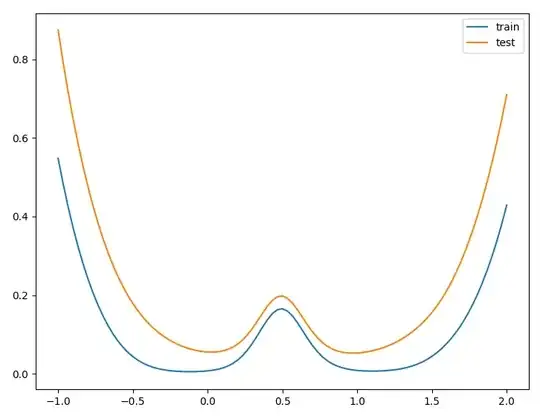From my understanding, this formula is used for least-squares when we're interested in minimizing the distance between a point and some space we are projecting on.
Somebody can correct me if this is not accurate but that is not what the question is about.
My question is about the inverse aspect of the formula. I'm not understanding the purpose of the inverse. What does it actually do? I get the purpose of transpose (to make the matrix multiplication work) and I get that A represents the input values and B the observed values.
I have worked on some problems so I get how to do the actual math but it is difficult to imagine.
Thanks
